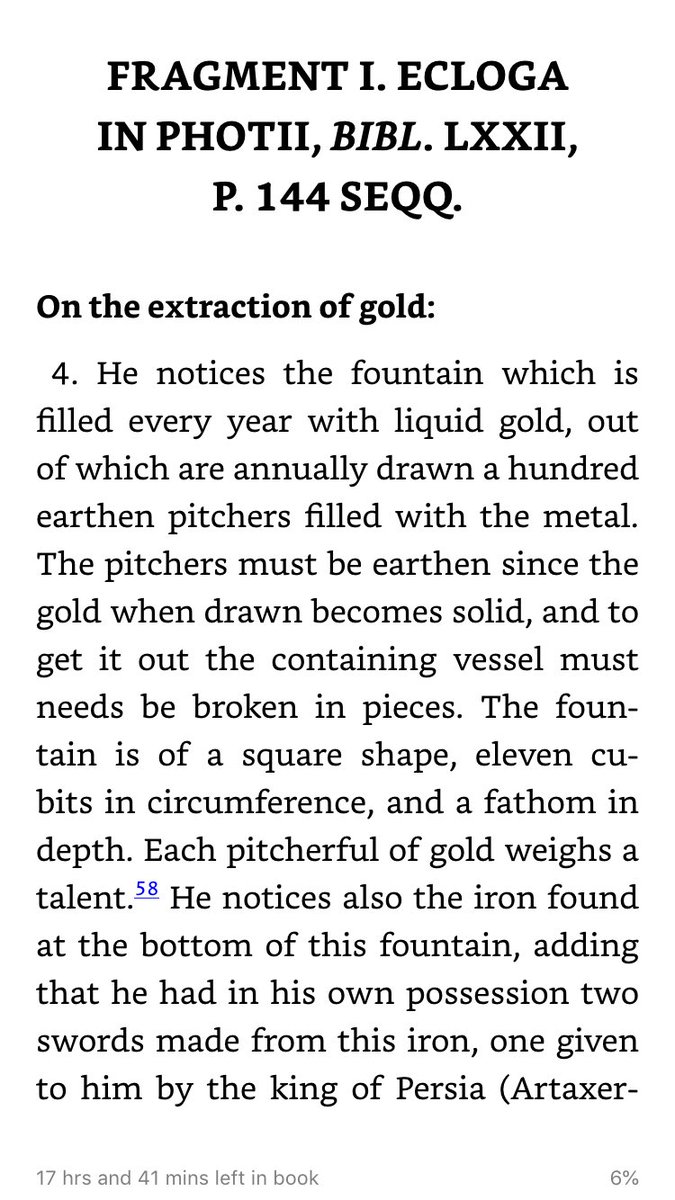— THE INDIA THEY SAW (VOL-1) by SANDHYA JAIN
amzn.in/9ezi558
This is what the Greeks have to say about the aborigines in Andaman & Nicobar Islands @dhingramahima9 @apparrnnaa @harshapatel2013
“Book IV. c. xix. Indian dogs must also be reckoned as wild beasts, being unmatched for prowess and courage, and being of the largest size to be anywhere found.....(1)
THE INDIA THEY SAW (VOL-1) by SANDHYA JAIN @dhingramahima9
— THE INDIA THEY SAW (VOL-1) by SANDHYA JAIN
amzn.in/91ObrdQ @apparrnnaa @harshapatel2013 @dhingramahima9 @icedtea28 @Vaidehee_5 @dharmicverangna
When Porus the Indian King was wounded in the battle in which he engaged with Alexander, the elephant on which he rode, though suffering itself from many wounds, did nevertheless with gentleness and..>>
— THE INDIA THEY SAW (VOL-1) by SANDHYA JAIN @VertigoWarrior @harshapatel2013 @dhingramahima9 @apparrnnaa
— THE INDIA THEY SAW (VOL-1) by SANDHYA JAIN @icedtea28 @dhingramahima9 👆something on Ganga river as recorded by foreigners.
— THE INDIA THEY SAW (VOL-1) by SANDHYA JAIN
— THE INDIA THEY SAW (VOL-1) by SANDHYA JAIN
amzn.in/eoE4a83
— THE INDIA THEY SAW (VOL-1) by SANDHYA JAIN
amzn.in/6uq9Y0Y @Angriy_BiRd
— THE INDIA THEY SAW (VOL-1) by SANDHYA JAIN
— THE INDIA THEY SAW (VOL-1) by SANDHYA JAIN
— THE INDIA THEY SAW (VOL-1) by SANDHYA JAIN



